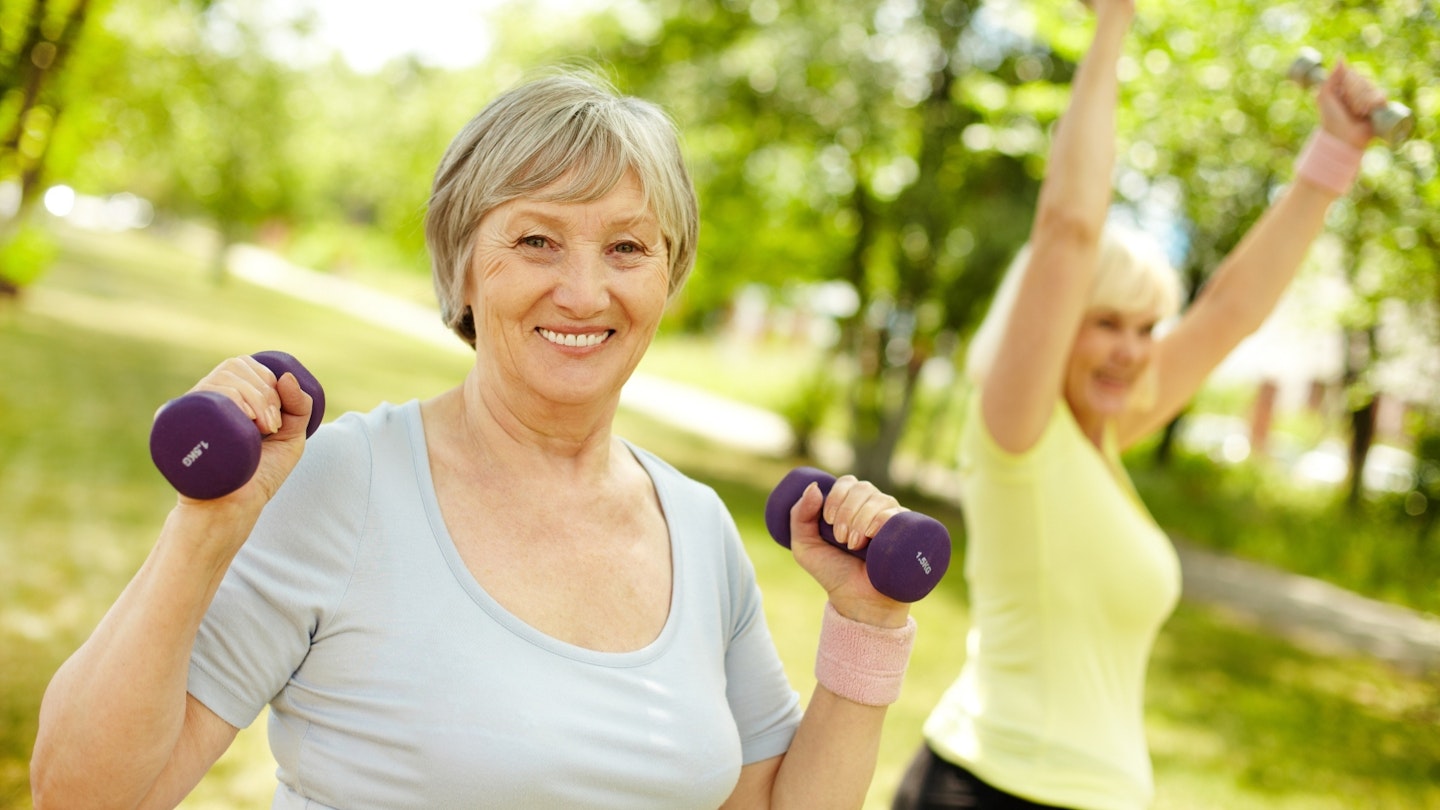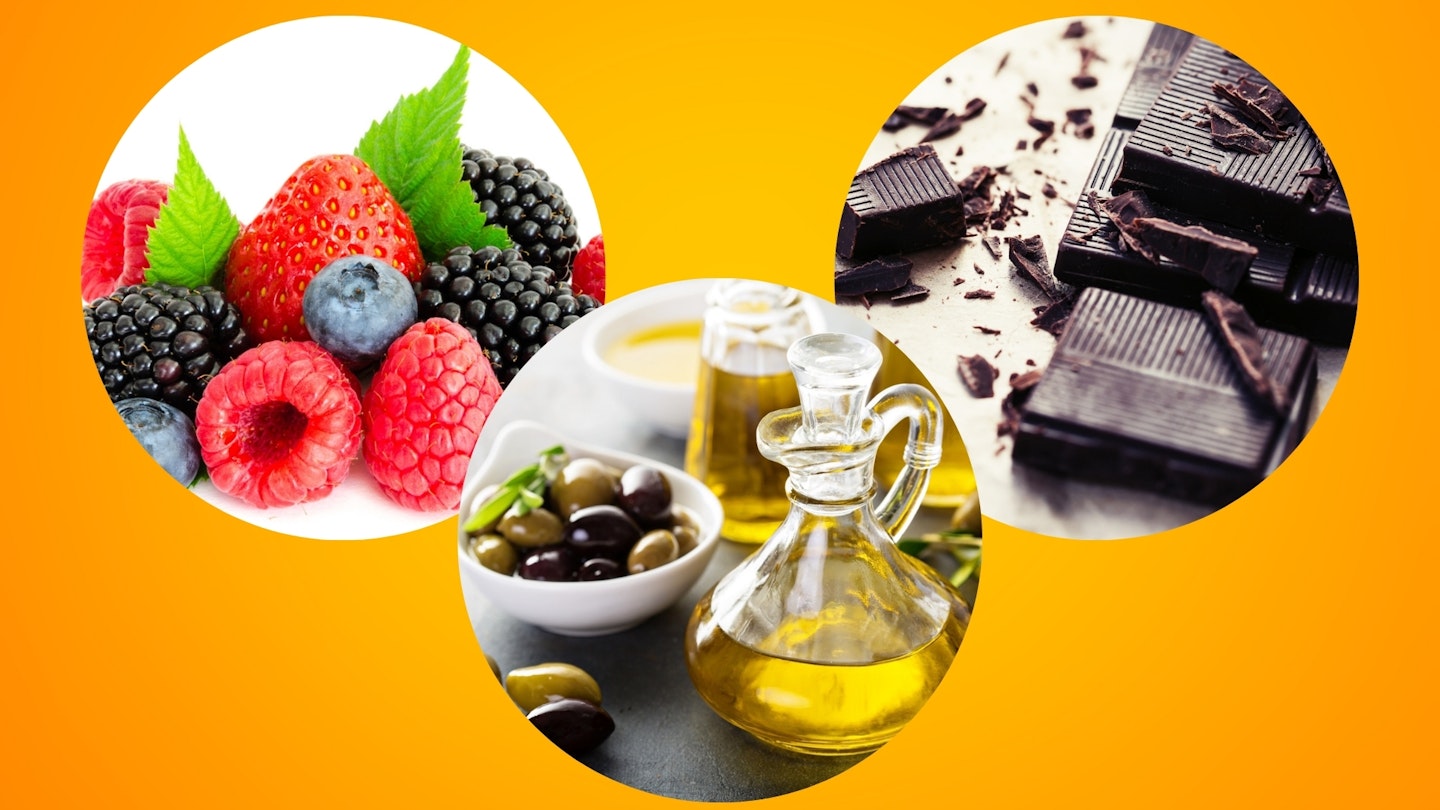Let’s face it, who doesn’t have an ongoing niggle like a sore shoulder or neck, or just general stiffness and aches? Most of us will have been affected by pain at some point and have felt the impact, perhaps stopping doing the things we used to enjoy.
For anyone who lives with pain on a daily basis, it can be a horribly debilitating and depressing experience. But the good news is that pain doesn’t have to be a permanent fixture in our lives. By having a better understanding of how we feel and by taking a more holistic approach, we can ease aches and pains and can be well on our way to being healthier and happier in our bodies and minds.

The truth about managing pain
“There are three big misconceptions about pain management,” says Dr Deepak Ravindran, author of The Pain Free Mindset . “The first is that pain must always come from a physical structure in the body. This is not true, and research in pain neuroscience has shown that the nervous system and immune system are often very deeply connected. This means that any immune system disturbance can often affect and sensitise the nervous system.
“Similarly, if the nervous system has been initially injured or affected, the longer it stays sensitised, the more it can impact and change the way the immune system functions. So, while it makes managing persistent pain complex, it also gives us more tools to help us lead a pain-free life.”
The second misconception is that there is what Dr Ravindran calls “a pill for every ill”. “Painkillers and medication can still play an important role in many forms of pain,” he says. “People who have acute pain after surgery will get a very good benefit from strong pain medication like opioids. If you have other injuries like fractures, cuts, or bruises that are accompanied by inflammation, medications like anti-inflammatories and paracetamol can make a difference. However, when the pain is chronic – meaning that it has lasted for more than three months – and inflammation has been ruled out, pain medications are less successful.”
The third big misconception is that every kind of pain will show up in tests and scans. “In my clinical practice, I have seen many elderly people who do not have any significant pains in any body parts, even though their X-rays or scans will show signs of arthritis,” Dr Ravindran says. “Studies now show that there is no correlation between the intensity of pain that one experiences and the changes that are seen on an X-ray or a scan. Hurt does not equal harm.”
You don't have to live with pain
Encouragingly, pain isn’t inevitable with the ageing process. “We now understand that osteoarthritis should be thought of as a constant ‘wear and repair’ rather than as ‘wear and tear’,” says Dr Ravindran.
“It’s natural for the body to keep changing and altering itself over the years as it adapts to the environments, stresses, and the various lifestyles that we adopt. While it means that different organs, joints, and muscles will be at more risk of being deconditioned as we age, it’s important to focus on the aspects that we can control, such as muscle mass, tone, and conditioning. Finding ways to keep active and mobile are all good ways of managing any painful episodes that can occur.”
5 ways to lead a pain-free life

Dr Ravindran’s top tips
1. Understand the type of pain you have
The first way towards a pain-free life is to understand the kind of pain that you have. Is it acute or chronic? Then you can decide on the suitability of a particular medication, injection, or surgery. If your pain is a form of acute pain, a tablet or injection would be an important strategy towards a pain-free approach.
2. Look at stress management
The more sensitised your nervous system gets, the more it will influence and affect the mood and emotion centres within the brain. Studies show that the centres in the brain that process pain signals are the same centres that are responsible for processing emotions and mood. We know the impact that stress has on our moods, emotions, and pain, and therefore, a variety of stress management techniques, ranging from relaxation strategies to breathing techniques, can all be very effective in overcoming pain.
3. Optimise your diet and nutrition
The immune and nervous systems are deeply linked, and 80-90 per cent of our immune system is present in and around the gut. Following an anti-inflammatory, wholefood plant-based diet with fruits and vegetables can reduce inflammation in the body and help to relieve pain. This will also have a positive influence on the immune system, and if the immune system has calmed down, there’s a good chance that the nervous system will also calm down, which can mean a significant reduction in the intensity of pain.
4. Focus on mobility and movement
Research shows that having a good physical activity routine can help to build new nerve circuits in the brain and body. This improves the blood flow and keeps the muscles in good condition. This can result in release of powerful anti-inflammatory chemicals called myokines, which act as a natural body-produced pain medication. It's not necessary to start a specific new exercise, but the studies indicate that as long as it is a movement routine that is safe and something that you are comfortable with, it will make a difference. Studies show that exercising in groups and using other aids such as music can help amplify the pain-relieving effect.
5. Look at your support strategies
Studies indicate that having supportive personal/family relationships, alongside utilising various techniques that positively influence the mind and the body, provides a calming effect to the nervous and immune system, which can all help in reducing the intensity of pain. This can include activities such as yoga, Pilates, or tai chi, and good behavioural therapy techniques like CBT (Cognitive Behaviour Therapy) or other psychological approaches, which can help calm the immune and nervous system.
Best anti-inflammatory foods

-
Oily fish like sardines, mackerel, herring, and salmon
-
Colourful fruits and salads like strawberries, blueberries, blackberries, and pomegranate (fruits and seeds), beetroot, and red pepper
-
Leafy greens like spinach and kale
-
Olives and olive oil
-
Nuts, especially walnuts and pistachios
-
Avocado
-
Dark chocolate in moderation
Meet the expert

Dr Deepak Ravindran is author of The Pain Free Mindset. He is the clinical lead for the specialist pain services for West Berkshire and a consultant in pain medicine at the Royal Berkshire NHS Foundation Trust, see deepakravindran.co.uk
Jo Carnegie is a seasoned journalist and author with over 25 years of experience in the wellness and lifestyle sectors. Formerly the Deputy Editor of Heat magazine, she is renowned for her insightful celebrity interviews. Jo has published nine women's fiction books and is also an accomplished ghostwriter.
